Home>Furniture & Design>Interior Design Trends>How To Get Resin Off Of Glass
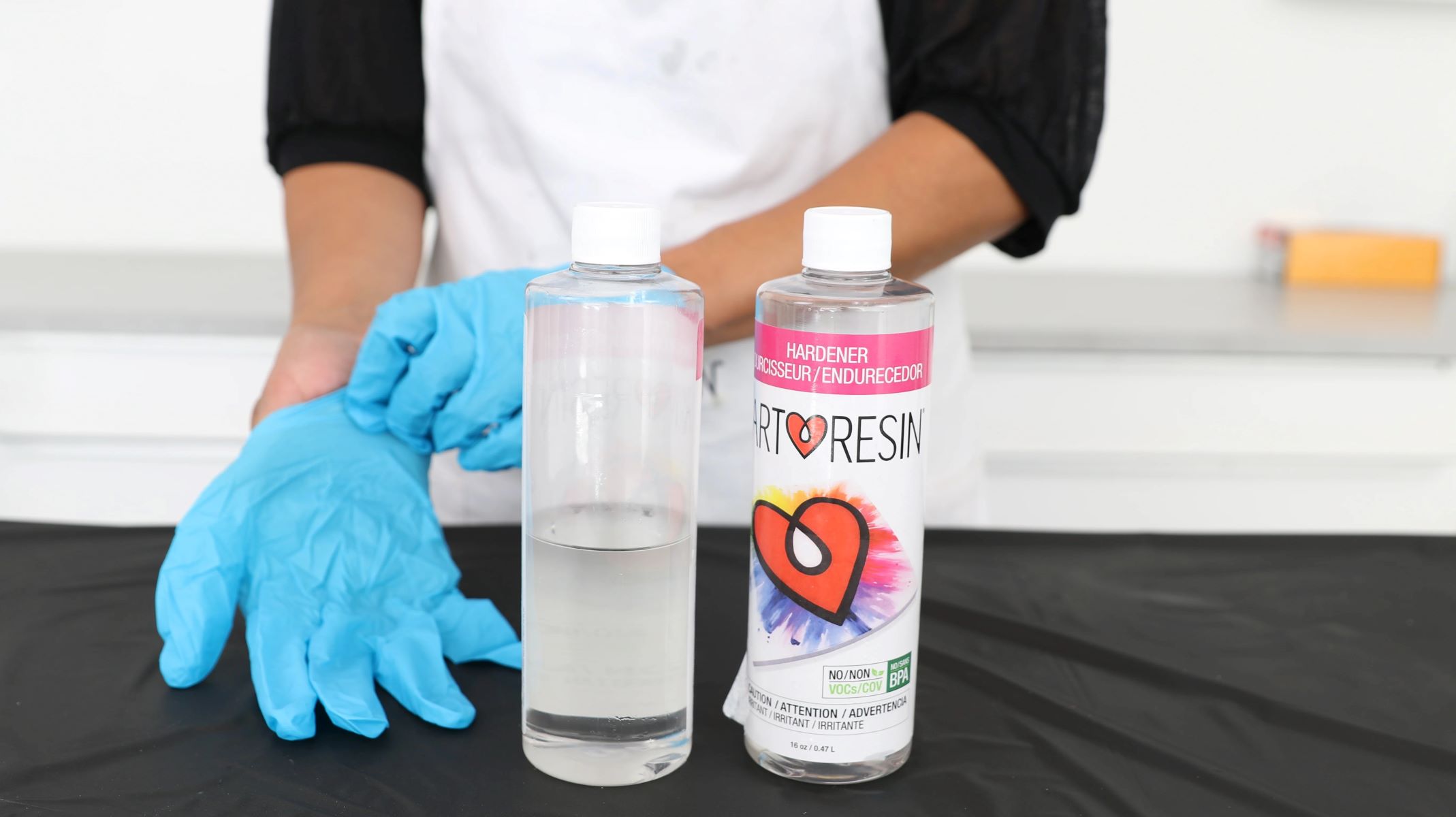

Interior Design Trends
How To Get Resin Off Of Glass
Modified: February 18, 2024
Learn how to effectively remove resin from glass surfaces with our expert interior design tips. Keep up with the latest interior design trends!
(Many of the links in this article redirect to a specific reviewed product. Your purchase of these products through affiliate links helps to generate commission for Storables.com, at no extra cost. Learn more)
Introduction
Resin is a versatile and popular material used in various crafts and art projects. Its sticky nature makes it a challenge to remove, especially when it ends up on glass surfaces. Whether you accidentally spilled resin on your favorite glass vase or your DIY resin project left a messy residue on your tabletop, fear not! With the right techniques and a bit of patience, you can effectively remove resin from glass surfaces without causing damage.
In this comprehensive guide, we will walk you through the step-by-step process of safely and efficiently removing resin from glass. From understanding the nature of resin to gathering the necessary tools and materials, we've got you covered. By the end of this tutorial, you'll be equipped with the knowledge and confidence to tackle any resin-related mishap with ease.
Let's dive into the world of resin removal and discover the best practices for restoring the pristine beauty of your glass items. Whether you're a seasoned crafter, a DIY enthusiast, or simply someone dealing with an accidental resin spill, this guide will empower you to conquer the challenge of removing resin from glass surfaces. So, roll up your sleeves and get ready to bid farewell to stubborn resin stains as we embark on this transformative journey together.
Key Takeaways:
- Say goodbye to stubborn resin stains on glass with isopropyl alcohol, plastic razor blades, and patience. Restore your glass items to their pristine state with these expert resin removal techniques.
- Unleash the transformative power of resin removal and bring back the radiant allure of glass. From soaking to scrubbing and polishing, conquer the challenge of resin removal with confidence and finesse.
Read more: How To Get Hairspray Off Glass
Understanding Resin
Resin is a viscous substance derived from organic compounds or synthetically produced through chemical processes. It is widely utilized in various applications, including art, crafting, construction, and manufacturing. The versatility of resin lies in its ability to solidify into a durable and glossy finish, making it a popular choice for creating decorative items, coatings, and adhesives.
Resin comes in different forms, such as epoxy, polyester, polyurethane, and more. Each type of resin exhibits unique characteristics, curing properties, and applications. Epoxy resin, for instance, is renowned for its exceptional adhesive qualities and is commonly used in crafting, jewelry making, and as a protective coating for surfaces. On the other hand, polyester resin is favored in fiberglass applications due to its excellent bonding capabilities and resistance to moisture and chemicals.
When resin comes into contact with glass surfaces, it can adhere stubbornly, creating a challenging cleaning task. The sticky nature of resin, coupled with its ability to harden into a tough film, makes it imperative to approach its removal with care and precision. Understanding the composition and behavior of resin is crucial in determining the most effective removal methods and ensuring the preservation of the glass surface.
Resin typically hardens through a curing process, which may be catalyzed by heat, UV light, or chemical reactions. This curing mechanism contributes to the formidable bond formed between resin and glass, requiring specialized techniques to break down and remove the resin without causing damage to the glass.
In addition to its adhesive properties, resin is also known for its glossy and transparent finish, which adds aesthetic appeal to various items. However, when resin inadvertently ends up on glass surfaces, it can detract from the clarity and luster of the glass, necessitating thorough cleaning and polishing to restore its pristine appearance.
By comprehending the characteristics and behaviors of resin, you can approach the task of removing it from glass with confidence and precision. Armed with this knowledge, you'll be better equipped to select the appropriate tools and techniques for effectively tackling resin residue on glass surfaces.
Understanding the intricacies of resin and its interaction with glass is the first step toward mastering the art of resin removal. With this foundation in place, you're ready to embark on the practical aspects of removing resin from glass, armed with the insights needed to achieve successful outcomes.
Tools and Materials Needed
When it comes to removing resin from glass, having the right tools and materials at your disposal is essential for achieving optimal results. Here's a comprehensive list of items you'll need to effectively tackle the task of resin removal:
1. Isopropyl Alcohol
Isopropyl alcohol, also known as rubbing alcohol, is a potent solvent that effectively breaks down and dissolves resin. Opt for a high-concentration isopropyl alcohol, such as 90% or higher, for maximum effectiveness in removing stubborn resin residues from glass surfaces.
2. Plastic Razor Blade
A plastic razor blade is a gentle yet effective tool for scraping off hardened resin from glass without causing scratches or damage. Unlike metal razor blades, plastic ones are safe to use on glass surfaces and provide precise control during the scraping process.
Read more: How To Get Tape Off Of Glass
3. Microfiber Cloth
A soft and lint-free microfiber cloth is ideal for wiping and polishing glass surfaces after the resin removal process. It helps ensure a streak-free and pristine finish, leaving the glass looking crystal clear and free from any residual residue.
4. Cotton Swabs
Cotton swabs are handy for targeting small or intricate areas where resin may have accumulated. Their precision and absorbent nature make them perfect for applying isopropyl alcohol to specific spots and gently removing resin without affecting surrounding areas.
5. Dish Soap
Mild dish soap, when combined with warm water, serves as an effective cleaning solution for pre-treating glass surfaces before resin removal. It helps loosen the resin and prepares the surface for the subsequent removal steps.
6. Protective Gloves
Given the potent nature of isopropyl alcohol and the need for manual handling during the resin removal process, protective gloves are essential for safeguarding your skin and ensuring safe handling of the cleaning agents and tools.
Read more: How To Get Sharpie Off Glass
7. Safety Goggles
While working with solvents and scraping tools, protecting your eyes is crucial. Safety goggles provide an additional layer of safety, shielding your eyes from potential splashes and ensuring a secure working environment.
8. Ventilation
Proper ventilation is important when using isopropyl alcohol, as it helps disperse fumes and ensures a well-ventilated workspace. Working in a ventilated area minimizes exposure to fumes and promotes a comfortable and safe resin removal process.
By assembling these essential tools and materials, you'll be well-prepared to embark on the journey of removing resin from glass surfaces with confidence and precision. Each item plays a crucial role in the removal process, contributing to a successful outcome and the restoration of your glass items to their original pristine condition.
Step 1: Soaking the Glass
The first step in removing resin from glass involves soaking the affected area to loosen the stubborn residue. This process is crucial for softening the hardened resin, making it easier to remove without causing damage to the glass surface.
To begin, prepare a cleaning solution by mixing mild dish soap with warm water in a shallow container or basin. The gentle cleansing properties of the dish soap, combined with the warmth of the water, create an effective solution for pre-treating the glass surface.
Carefully submerge the affected glass item or area in the soapy water, ensuring that the resin-covered portion is fully immersed. Allow the glass to soak for a sufficient duration, typically around 15 to 30 minutes, to facilitate the softening of the resin.
During the soaking process, the soapy water works to penetrate the resin, gradually loosening its grip on the glass. This initial step is instrumental in preparing the resin for subsequent removal, as it helps mitigate the risk of scratching or damaging the glass during the cleaning process.
As the resin begins to soften, you may notice it becoming less rigid and more pliable. This is a positive indication that the soaking process is effectively weakening the bond between the resin and the glass, setting the stage for the next phase of removal.
While the glass is soaking, it's important to ensure a well-ventilated workspace, especially if you're working indoors. Proper ventilation helps disperse any fumes that may arise from the cleaning solution, promoting a comfortable and safe environment for the resin removal process.
Once the soaking period is complete and the resin has sufficiently softened, carefully remove the glass item from the soapy water. Be mindful of handling the glass with care to prevent any accidental damage or slippage.
With the glass now pre-treated and the resin softened, you're ready to proceed to the next step of the resin removal process. The soaking phase sets the foundation for effectively tackling the stubborn resin residue, paving the way for a successful restoration of the glass to its pristine state.
Step 2: Scrubbing the Resin
With the resin softened from the soaking process, it's time to embark on the crucial step of scrubbing the resin off the glass surface. This phase requires precision and patience to effectively remove the residual resin without causing damage to the glass.
Begin by donning protective gloves to safeguard your hands during the scrubbing process. The use of gloves is essential, as it provides a barrier between your skin and the cleaning agents, ensuring a safe and comfortable experience.
Next, saturate a cotton swab or a small section of a microfiber cloth with high-concentration isopropyl alcohol. The potent solvent properties of isopropyl alcohol make it an effective tool for breaking down and dissolving the softened resin.
Gently apply the isopropyl alcohol-soaked swab or cloth to the resin-covered area, ensuring thorough coverage of the affected surface. The alcohol works to further weaken the bond between the resin and the glass, facilitating the subsequent removal process.
Once the resin is adequately saturated with isopropyl alcohol, utilize a plastic razor blade to carefully scrape off the softened resin. Exercise caution and precision during this step to avoid applying excessive pressure that could potentially scratch or damage the glass.
Employ controlled and deliberate movements, gradually scraping away the resin while periodically wiping the blade clean to prevent re-depositing the resin onto the glass. The plastic razor blade provides a gentle yet effective means of removing the resin without compromising the integrity of the glass surface.
As you continue the scrubbing process, periodically inspect the glass to monitor the progress of resin removal. You may notice the gradual disappearance of the resin residue, indicating the success of the scrubbing and scraping efforts.
For stubborn or intricate areas where resin may persist, utilize cotton swabs soaked in isopropyl alcohol to meticulously target and remove any remaining residue. The precision of the cotton swabs allows for detailed cleaning, ensuring that even the smallest traces of resin are effectively addressed.
Throughout the scrubbing process, maintain a well-ventilated workspace to disperse any fumes from the isopropyl alcohol, promoting a comfortable and safe environment for the resin removal endeavor.
As the resin is methodically scrubbed and scraped off the glass, you'll witness the gradual restoration of the glass surface to its pristine state. The meticulous efforts invested in this phase yield a rewarding outcome, showcasing the transformative power of effective resin removal techniques.
With the resin successfully scrubbed off and the glass surface liberated from stubborn residue, you're now prepared to proceed to the final phase of cleaning and polishing, bringing the glass to a radiant and flawless finish.
Read more: How To Get Overspray Off Glass
Step 3: Final Cleaning and Polishing
With the resilient resin successfully removed from the glass surface, the final step involves meticulous cleaning and polishing to restore the glass to its original luster and clarity. This phase is essential for ensuring a pristine finish and eliminating any residual traces of the resin removal process.
To commence the final cleaning and polishing stage, utilize a fresh microfiber cloth to gently wipe the entire glass surface. This helps remove any remaining residue or streaks, ensuring a clean and polished appearance. The soft and lint-free nature of the microfiber cloth minimizes the risk of introducing new blemishes or marks to the glass, preserving its flawless finish.
Next, prepare a solution of mild dish soap and warm water in a clean container. Dip a separate microfiber cloth into the soapy water and wring out any excess moisture. Proceed to delicately wipe the glass surface, ensuring thorough coverage to eliminate any lingering traces of isopropyl alcohol or resin residue. This gentle cleansing process serves to purify the glass, leaving it free from any remnants of the resin removal procedure.
Following the cleansing step, dry the glass surface using a fresh and dry microfiber cloth. Employing gentle and circular motions, carefully buff the glass to remove any remaining moisture and achieve a streak-free finish. This meticulous drying process contributes to the overall clarity and brilliance of the glass, showcasing its pristine condition.
For an added touch of radiance, consider applying a specialized glass cleaner or polish to the surface. Select a high-quality glass cleaner designed to enhance transparency and shine while providing a protective layer against smudges and fingerprints. Apply the glass cleaner as per the manufacturer's instructions, utilizing a clean microfiber cloth to evenly distribute the product across the glass surface.
Upon completing the application of the glass cleaner, gently buff the glass using a fresh microfiber cloth to reveal its dazzling and reflective sheen. The specialized glass cleaner not only enhances the visual appeal of the glass but also contributes to its long-term maintenance, ensuring a lasting and radiant finish.
By meticulously executing the final cleaning and polishing process, you'll witness the remarkable transformation of the glass from a resin-stained state to a pristine and radiant condition. The combined efforts of thorough cleaning, gentle polishing, and the application of a specialized glass cleaner culminate in the restoration of the glass to its original splendor.
With the completion of the final cleaning and polishing phase, the glass stands as a testament to the efficacy of the resin removal process, showcasing its renewed clarity and brilliance. This transformative journey concludes with the triumphant restoration of the glass to its pristine state, ready to adorn any space with its radiant allure.
Conclusion
In the realm of interior design and crafting, the presence of resin adds a touch of creativity and elegance to various glass items. However, when resin inadvertently finds its way onto glass surfaces, it poses a formidable challenge, requiring meticulous attention and specialized techniques for effective removal. Through the journey of understanding resin, assembling the essential tools and materials, and executing the step-by-step removal process, we've unraveled the art of restoring glass to its pristine state.
The process of removing resin from glass is not merely a task of elimination; it is a transformative endeavor that showcases the resilience and adaptability of glass surfaces. By immersing the affected glass in a gentle cleansing solution and meticulously scrubbing off the softened resin, we've witnessed the gradual liberation of the glass from stubborn residue. The final phase of cleaning and polishing serves as the crowning touch, unveiling the glass in its radiant and flawless form.
As we conclude this transformative journey, it's essential to acknowledge the empowering nature of knowledge and precision in resin removal. Armed with an understanding of resin's composition and behavior, coupled with the utilization of isopropyl alcohol, plastic razor blades, and microfiber cloths, we've navigated the intricate process of resin removal with confidence and finesse.
The restoration of glass to its pristine state not only exemplifies the efficacy of the resin removal process but also underscores the enduring allure of glass as a versatile and captivating material. The seamless clarity and radiant brilliance of the glass stand as a testament to the transformative power of effective resin removal techniques, breathing new life into glass items and spaces.
In the realm of interior design and crafting, the presence of resin adds a touch of creativity and elegance to various glass items. However, when resin inadvertently finds its way onto glass surfaces, it poses a formidable challenge, requiring meticulous attention and specialized techniques for effective removal. Through the journey of understanding resin, assembling the essential tools and materials, and executing the step-by-step removal process, we've unraveled the art of restoring glass to its pristine state.
The process of removing resin from glass is not merely a task of elimination; it is a transformative endeavor that showcases the resilience and adaptability of glass surfaces. By immersing the affected glass in a gentle cleansing solution and meticulously scrubbing off the softened resin, we've witnessed the gradual liberation of the glass from stubborn residue. The final phase of cleaning and polishing serves as the crowning touch, unveiling the glass in its radiant and flawless form.
As we conclude this transformative journey, it's essential to acknowledge the empowering nature of knowledge and precision in resin removal. Armed with an understanding of resin's composition and behavior, coupled with the utilization of isopropyl alcohol, plastic razor blades, and microfiber cloths, we've navigated the intricate process of resin removal with confidence and finesse.
The restoration of glass to its pristine state not only exemplifies the efficacy of the resin removal process but also underscores the enduring allure of glass as a versatile and captivating material. The seamless clarity and radiant brilliance of the glass stand as a testament to the transformative power of effective resin removal techniques, breathing new life into glass items and spaces.
Frequently Asked Questions about How To Get Resin Off Of Glass
Was this page helpful?
At Storables.com, we guarantee accurate and reliable information. Our content, validated by Expert Board Contributors, is crafted following stringent Editorial Policies. We're committed to providing you with well-researched, expert-backed insights for all your informational needs.

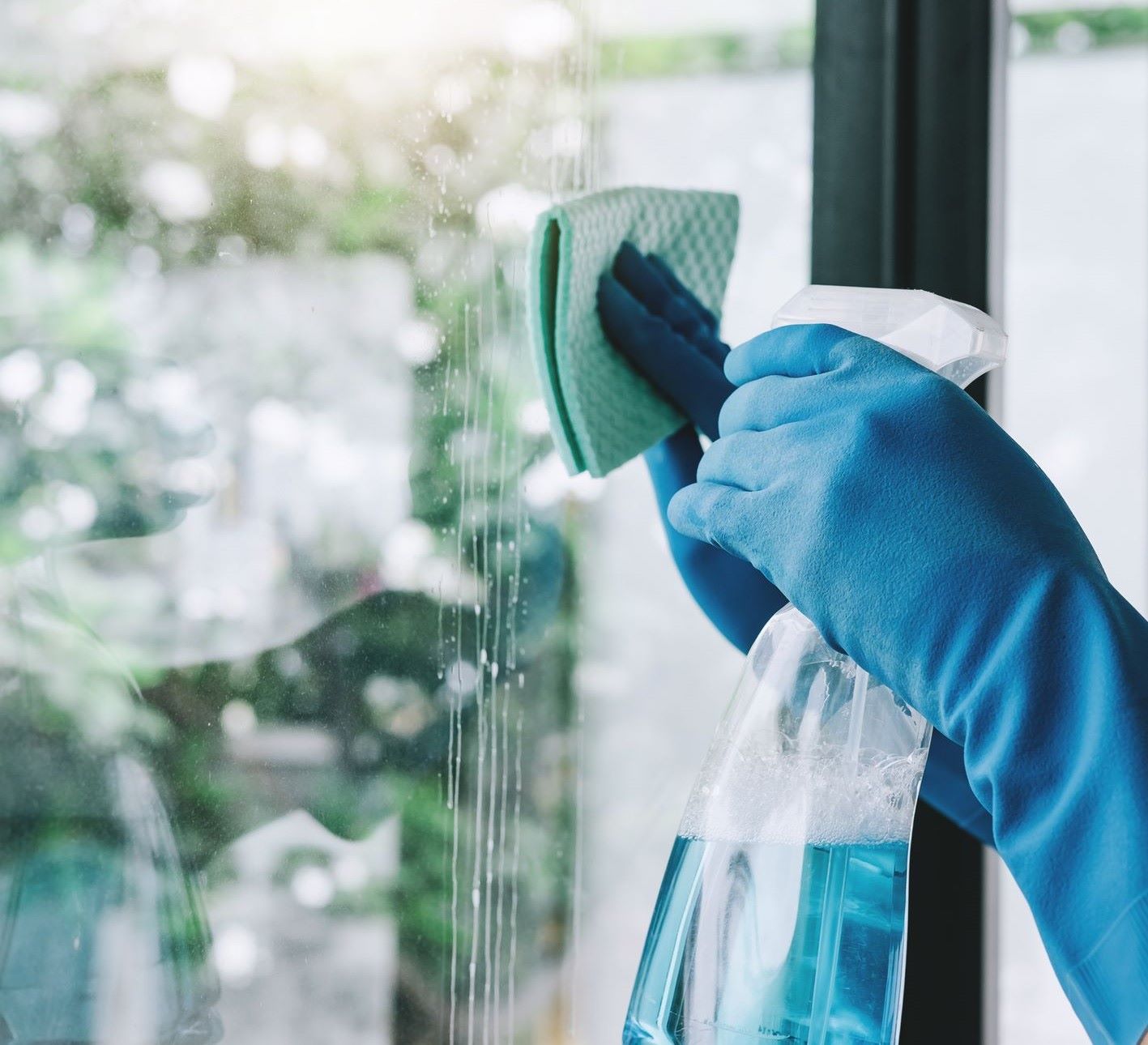
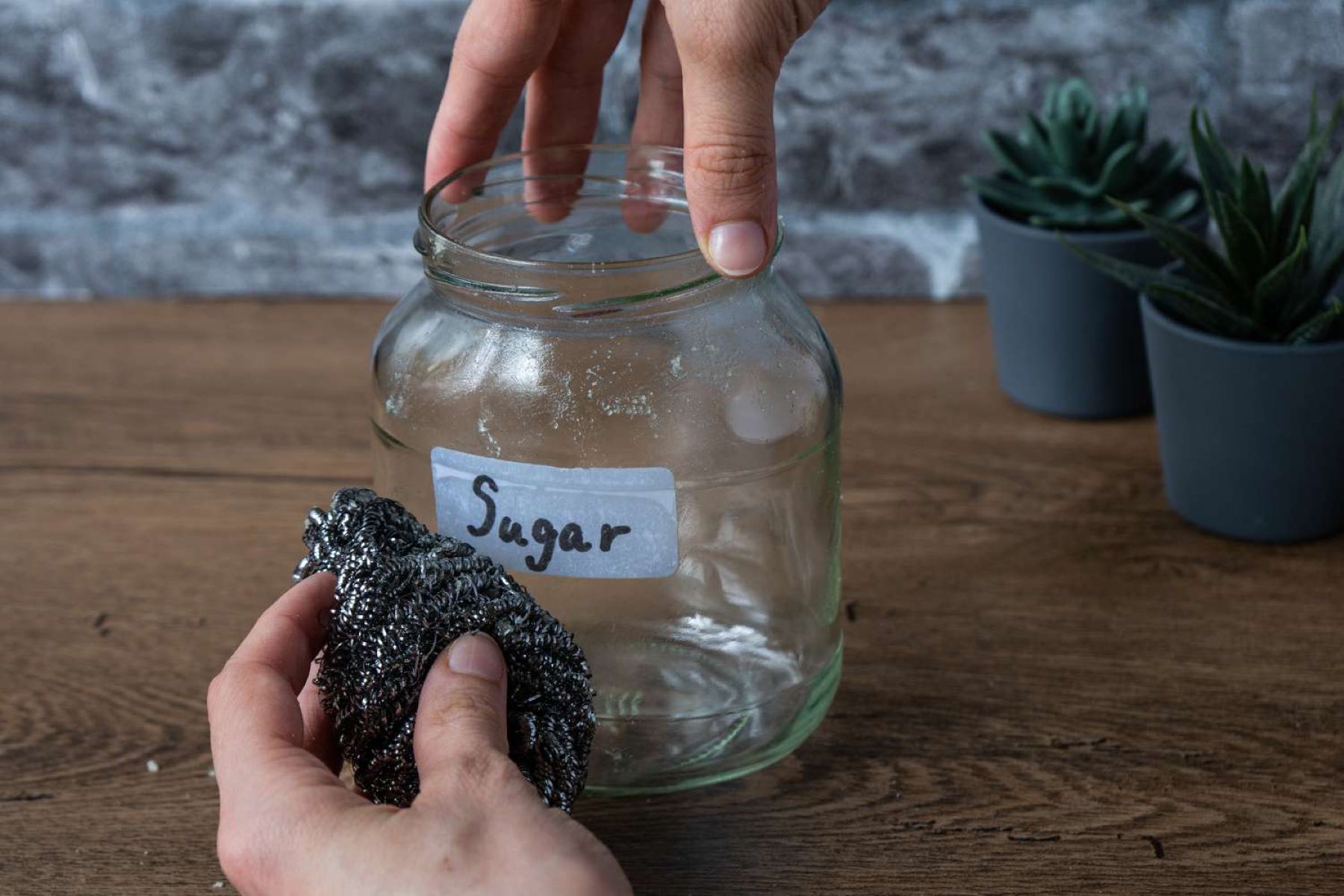
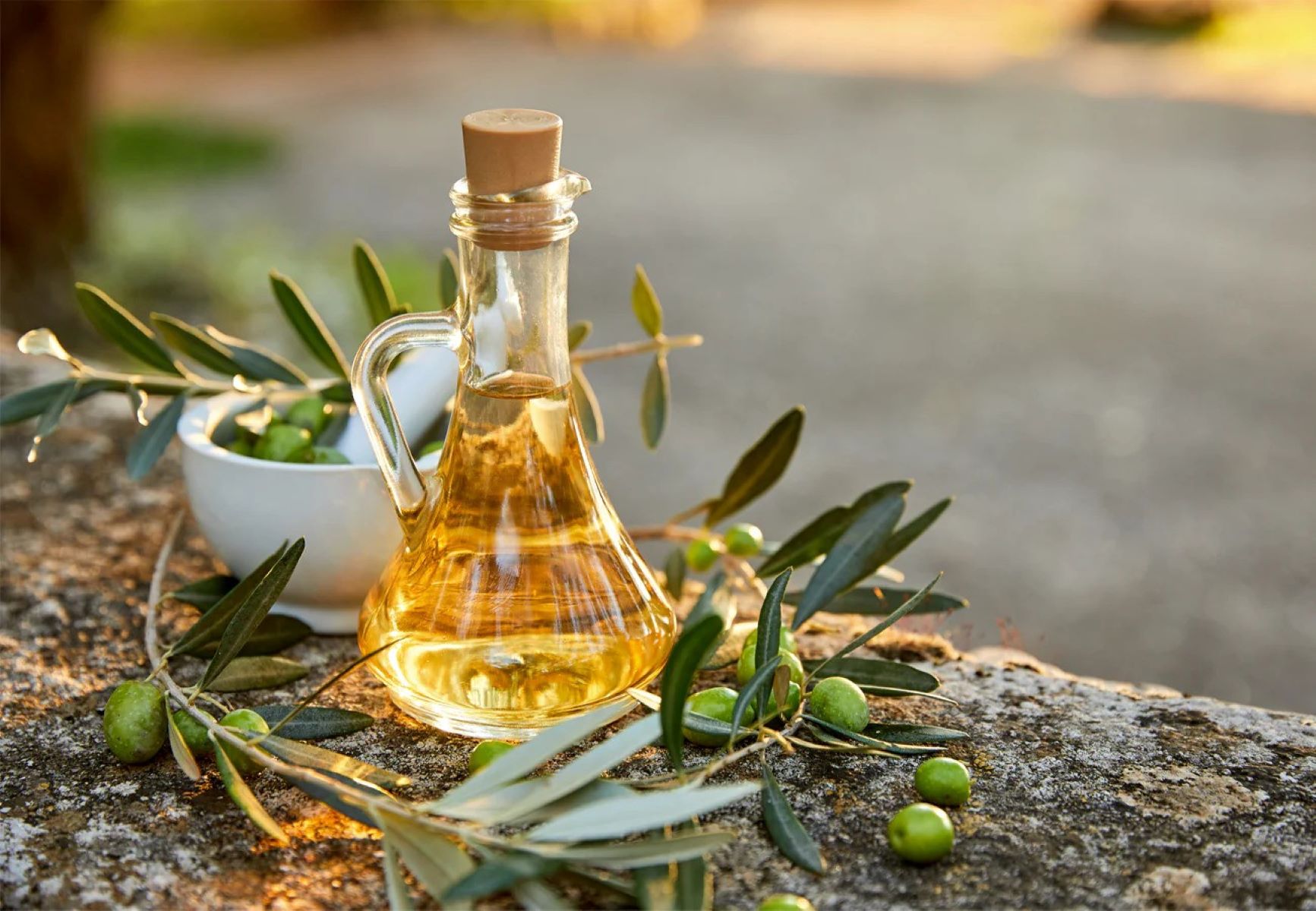

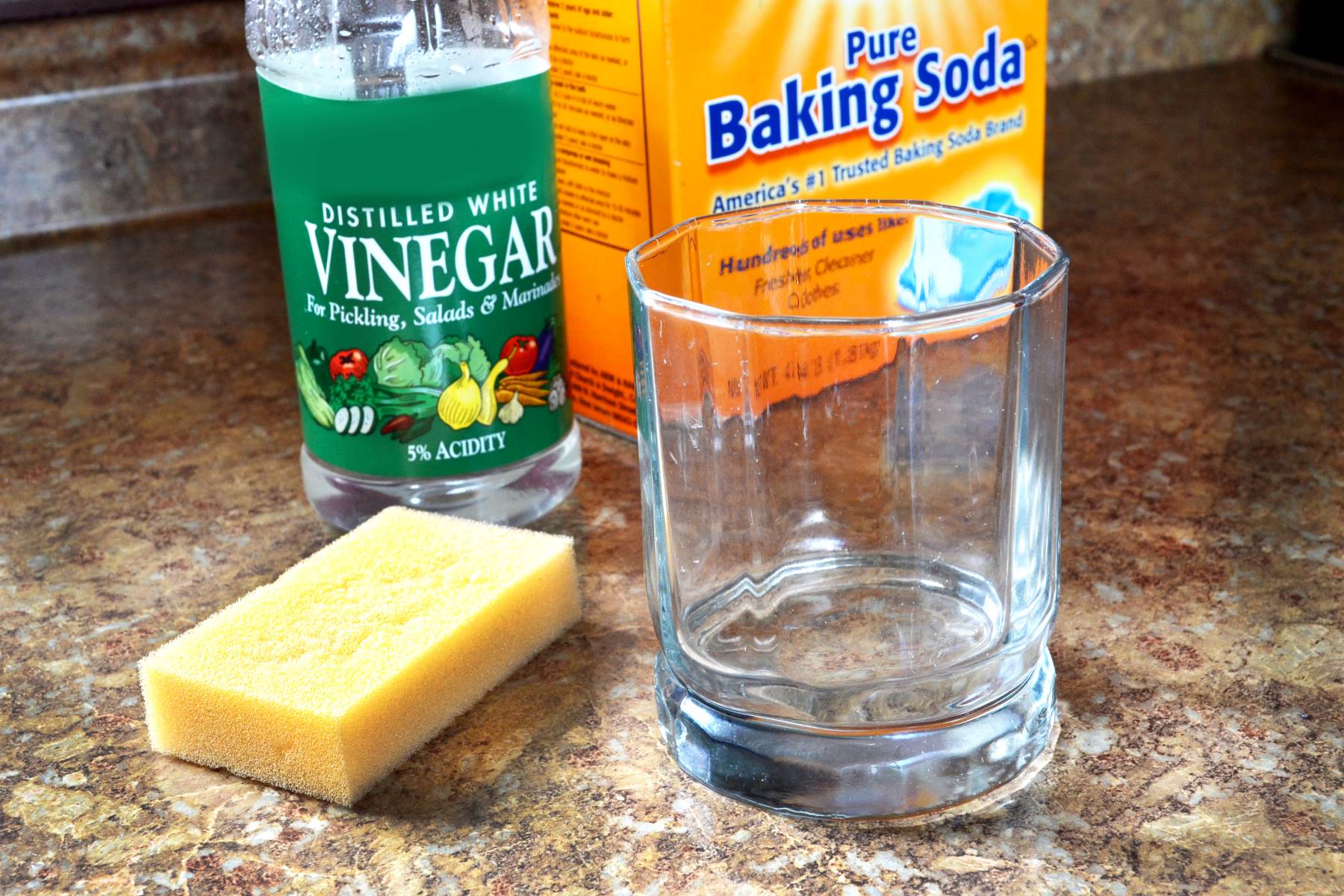
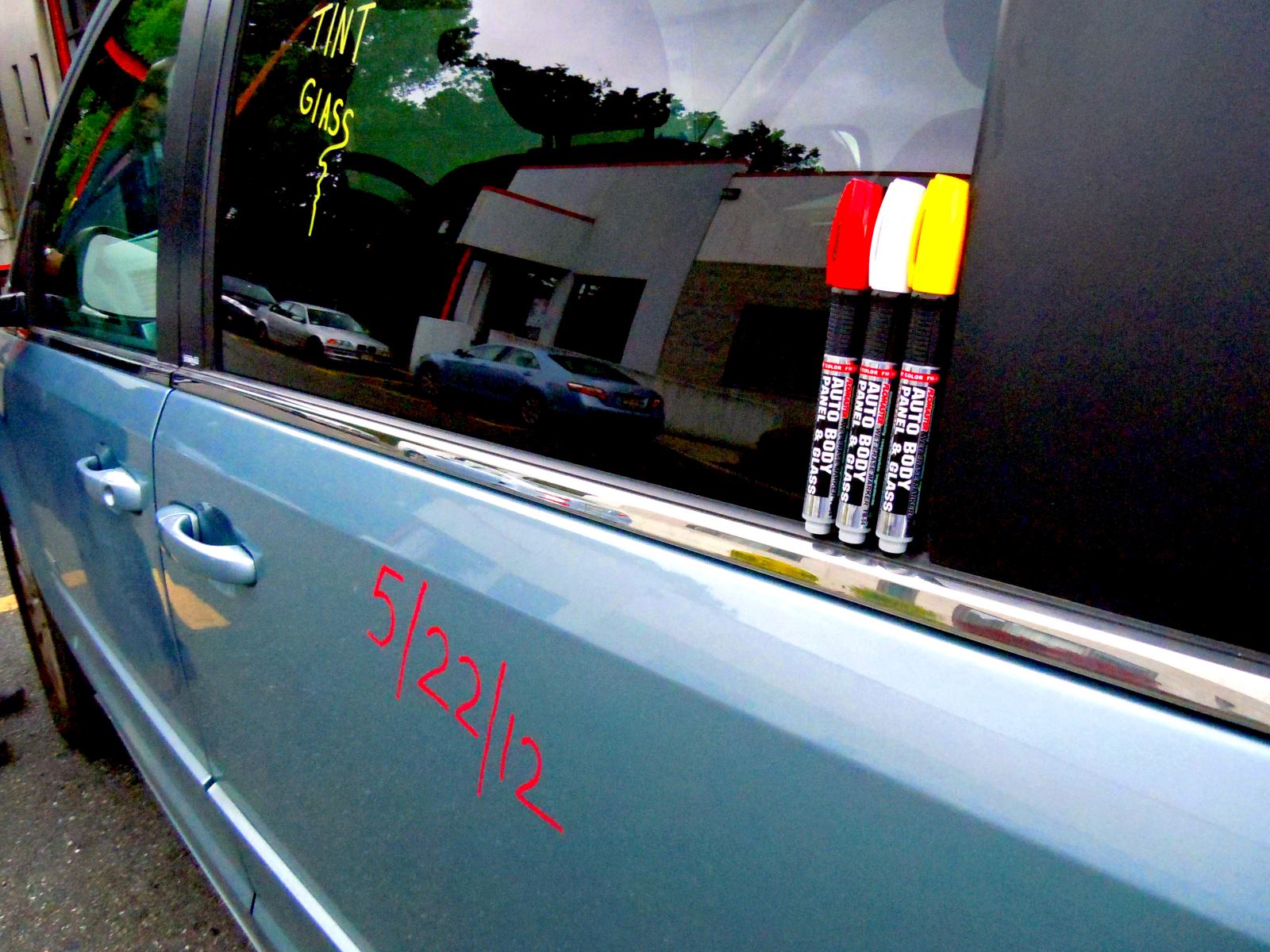
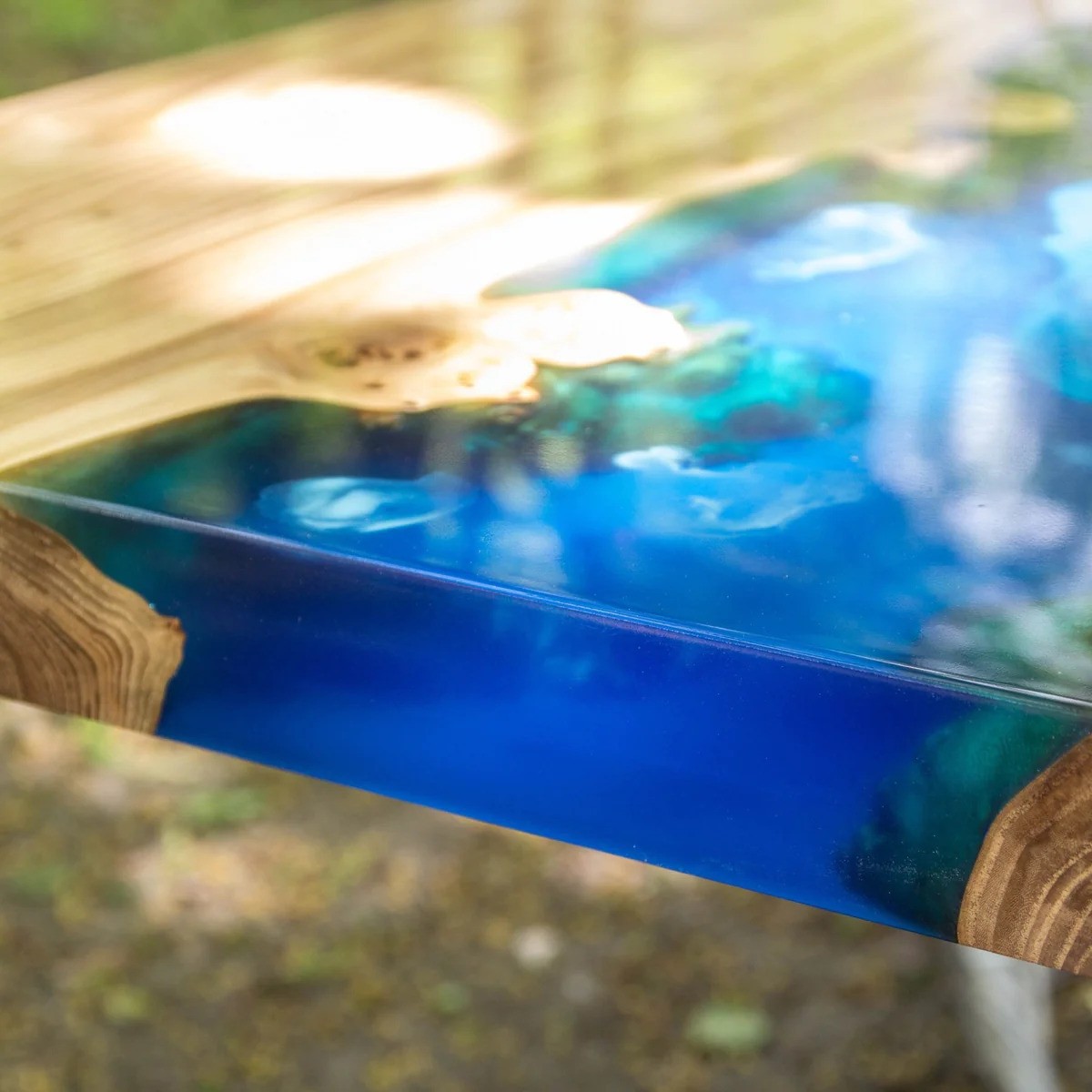
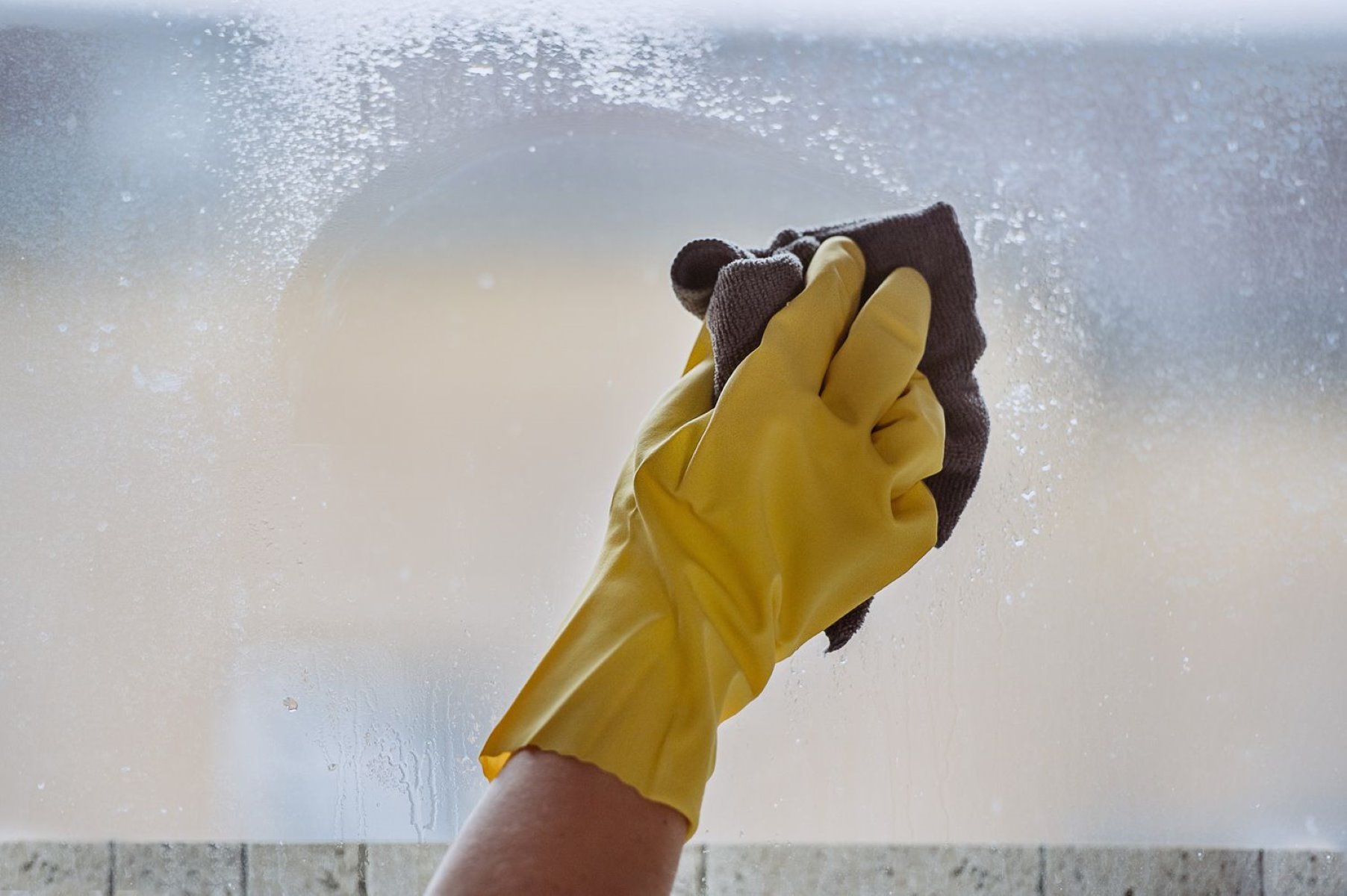
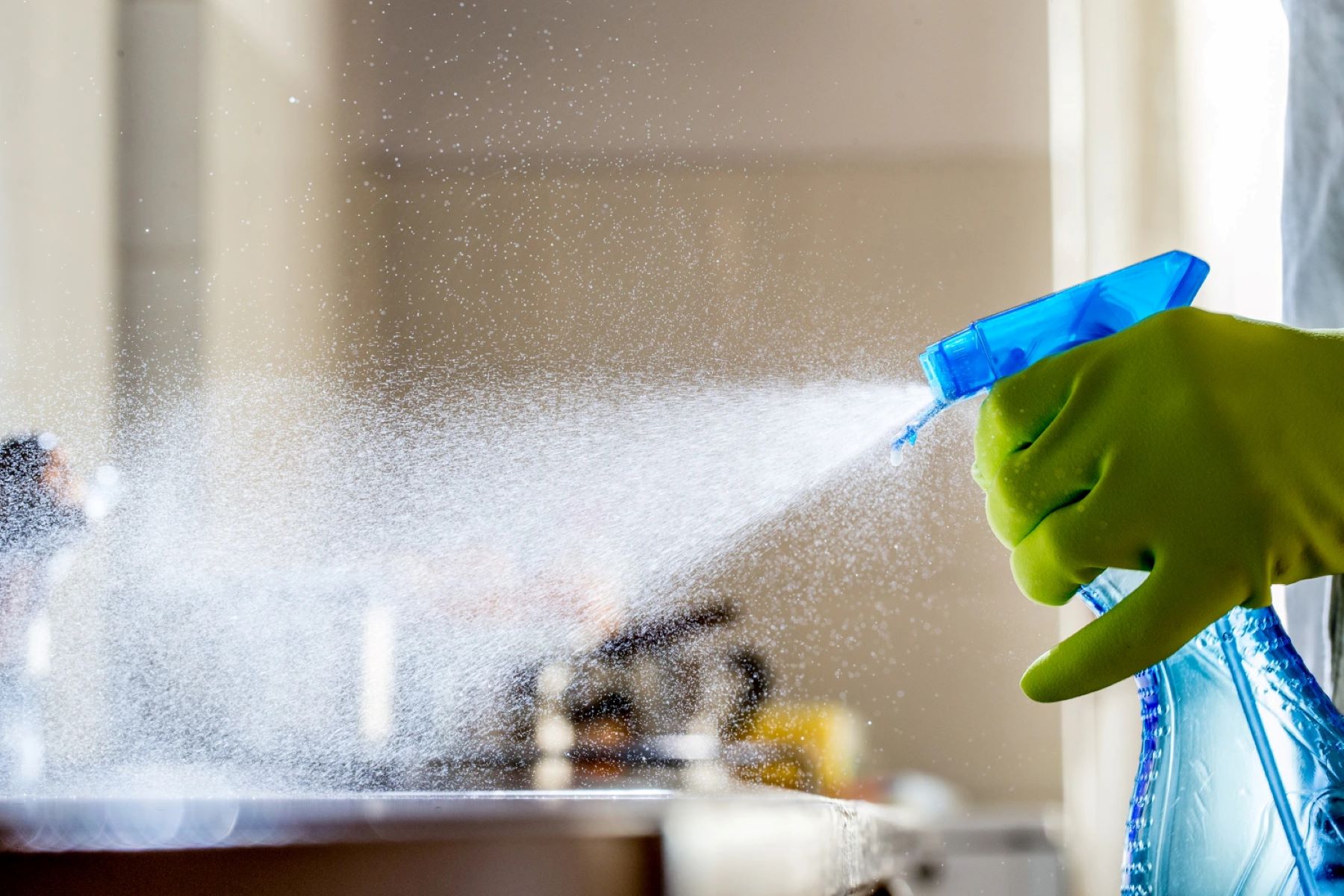

0 thoughts on “How To Get Resin Off Of Glass”